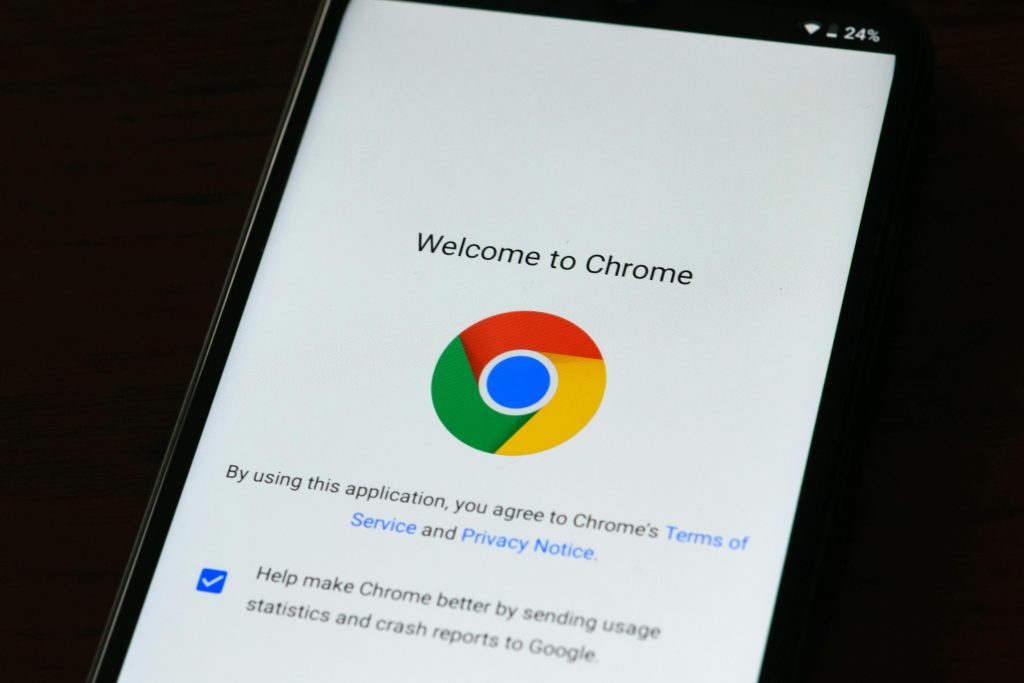Unexplained Activity: How to Protect Your Laptop from Remote Access
Just recently, I had a rather unsettling experience with my laptop that left me feeling vulnerable and anxious. While preparing for bed, I noticed something peculiar: the cursor on my screen was moving on its own, and it proceeded to open a web browser—specifically, Opera GX and Microsoft Edge.
Initially, I was confused and terrified, especially since I had disconnected my laptop from the internet about 20 minutes prior to this strange occurrence. My first instinct was to check my Bluetooth connectivity, fearing that it could be an issue with my wireless mouse; however, I confirmed that it was completely turned off. This led to the realization that I might be facing a form of remote access by an unknown party.
If you ever find yourself in a similar situation, it’s crucial to act promptly and ensure that your computer is secure. Here are some steps you can take to safeguard your laptop against unauthorized remote access:
-
Disconnect from the Internet: If you suspect that your device is being accessed by someone remotely, the first step is to disconnect it from the internet. This can help prevent any further intrusion while you troubleshoot.
-
Run Security Software: Once you feel it’s safe, consider reconnecting your laptop to the internet to run a full system scan with reputable antivirus software. Programs like Malwarebytes can be particularly effective in detecting and removing malware.
-
Update Your Software: Ensure that your operating system and all installed applications are up to date. Many security vulnerabilities are patched in updates, making it essential to install all updates as soon as they become available.
-
Change Passwords: Change your login credentials for all accounts, particularly those linked to email and sensitive information. Use strong, unique passwords to enhance your security.
-
Enable Two-Factor Authentication: For added security, enable two-factor authentication on accounts that offer it. This adds an extra layer of protection by requiring a second form of verification beyond just a password.
-
Review Remote Access Settings: Check your laptop’s settings for any remote access features. Make sure features like Remote Desktop are disabled unless you actively use them.
-
Educate Yourself on Security Practices: Familiarize yourself with common signs of malware and ways to avoid phishing attempts. Preventative knowledge is a powerful tool in maintaining your digital security.
Experiencing unexpected mouse movements and browser activity can be alarming, but staying informed and proactive
Share this content:



